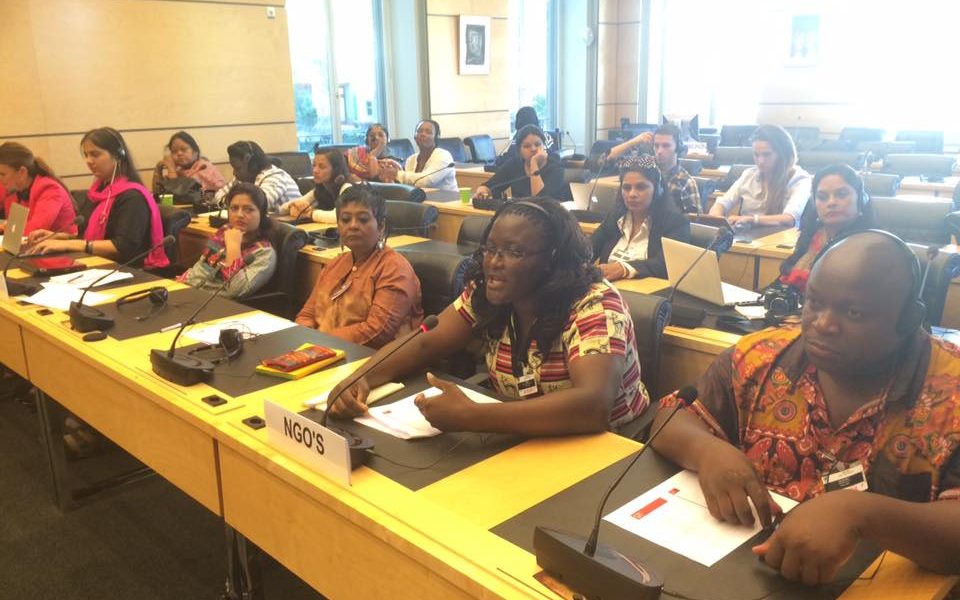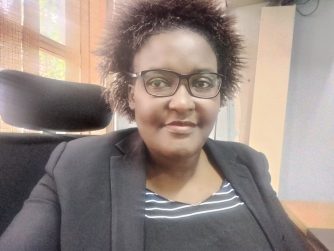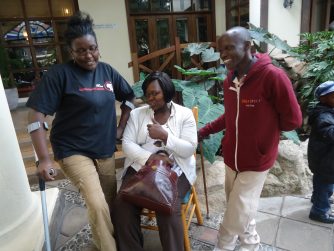Africa is celebrated as the second largest continent in the world which is home to some of the oldest civilizations in the world and is incredibly rich in culture, diversity, and history. The unique landscapes and wildlife make Africa top holiday destination with rich endowment of natural resources and beautiful sceneries. Born and raised in Kenya, I carry with me very beautiful childhood memories of the environment in which I was raised. You see, I was born and raised near the beautiful shores of Lake Victoria, the lake was otherwise known as “Nam Lolwe” in native luo language. Our home was situated on the western side of Kisumu City in the Western Region of Kenya. Back then, I had the privilege of enjoying boat rides, eating the famous smoked Nile Perch fish, enjoying watching water sports and weddings by the shores of Lake Victoria as I admired the tides and waves . Indeed nature is beautiful!
Regrettably, the much celebrated African beauty and pride emanating from its natural resources is fading out and depleting rather too fast than anybody ever thought of or even imagined! Many rivers are quickly drying up, aquatic life is increasingly facing extinction, and the weather patterns have become so erratic with adverse effect on survival and persistent loss of livelihoods. In the recent years we have witnessed long periods of drought and floods, invasion of desert locusts as well as unpredictable rainfall that has led to death of livestock & wildlife, loss of aquatic life, heightened food insecurity, population displacement, stress on water resources, threat to human health, safety & security and overall decline in socioeconomic development. All these attributed to the ongoing global climate crisis that has disproportionately affected the African Continent. Most African Countries rely on Agriculture and Tourism as major economic drivers and both depend on Africa’s Natural and Human Resources.
Persons with disabilities are disproportionately affected by the adverse effects of Climate Change owing to their multiple vulnerabilities in the context of gender, disability, and economic status. They are often among those most adversely affected in an emergency, sustaining disproportionately higher rates of morbidity and mortality, and are among those least able to access emergency support. Concrete examples of disproportionate impacts of climate change to African women with disabilities include;
- Disability & Pastoralists Communities – Women with mobility impairments from pastoralist communities are unable to walk long distances in search of pasture and water, like their able bodied counterparts in these times of persistent drought. Death of livestock which is their main source of income has rendered them economically impoverished and food insecure as most of them rely in selling milk from the livestock as a source of livelihood.
- Gender and Disability in Disaster Emergency Situations – Climate crisis such as drought and floods and are often met with non-disability inclusive response which put women and girls with disabilities at risk of premature death. For example queuing for humanitarian Aid such as food stuff, clothes and temporary shelter does not consider women with disabilities who might not be in position to scramble for aid and run with their children for help.
- Disability, Water Crisis and Menstrual Health Management: – As rivers continue to dry up with even sunk boreholes drying up, menstrual health and hygiene management is compromised among women. The situation is compounded in cases of congenital disabilities.
- Protection of Women with Albinism from HOT Climate – The intense heat produced by the high Ultraviolet sun rays compel Persons with Albinism to use more expensive sun screen lotions which might to be affordable to many!
This Africa Month, we need to reflect on our climate adaptation measures and disaster & emergency response to ensure that they are gender and disability inclusive by doing the following; One; Ensuring Women & girls with disabilities lead planning discussions, set priorities, develop questions, and assess implementation, Two; Developing emergency planning tools and resources in advance of disaster/external shock onset WITH disabled women and girls, Three; Engaging local women and organizations of persons with disabilities in developing locally focused solutions for accessibility and Fourth; Inclusion and Developing emergency and response plans in adherence with universal design principles and accommodation solutions.
To realize the aspirations of a prosperous Africa, based on Inclusive Growth and Sustainable Development as outlined in the first goal of Agenda 2063 guided by the African Union we must leave no one behind in our climate adaptation measures and disaster & emergency response.





